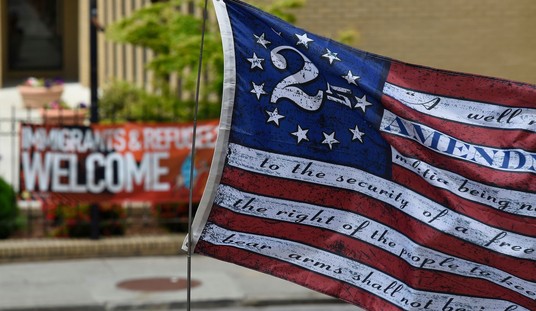
The “Turtle” submarine designed by David Bushnell
Sept. 7, 1776: Just before dawn, an odd-looking barrel-shaped craft silently makes its way down the Hudson River from Manhattan toward a British warship, HMS Eagle, anchored in New York Harbor.
The craft, designed by Yale graduate David Bushnell and christened “Turtle,” is piloted by a Continental Army sergeant who is hand-cranking two screws for propulsion. As the Turtle nears its target, the pilot opens a valve allowing enough water into a small ballast tank, increasing the weight of the craft and causing it to slip beneath the surface. Maneuvering underwater, the pilot positions his craft below the Eagle then attempts to bore a hole through the enemy hull.
If everything goes according to plan, a timed explosive-device will to be placed into the hole. The device will then detonate after the Turtle makes its escape.
The operation, however, will not be successful, as the pilot will be unable to drill through a layer of copper sheathing on the enemy hull. But the bold attempt will go down in history as one of America’s great Naval milestones.
Bushnell’s Turtle is not the first functional submarine in history (Dutch inventor Cornelius Drebbel’s “underwater boat” successfully navigated a portion of England’s Thames River in 1623). But the Turtle is the first–ever submarine to be used as an attack platform in combat.
Sept. 8, 1781: Continental Army forces under the command of Maj. Gen. Nathaniel Greene clash with British forces under Lt. Col. Alexander Stewart in the Battle of Eutaw Springs (S.C.).
Which of the two armies will actually gain the tactical advantage will be debated into the 21st century. But it will in fact prove to be a strategic victory for the Continentals as the British – bloodied, though not quite as severely as the Continentals – will be forced to abandon much of their previously gained ground in the South.
Sept. 9, 1776: The United Colonies are renamed the United States.
Sept. 9, 1943: American and British forces begin hitting the beaches at Salerno, Italy in Operation Avalanche.
One U.S. sailor describing the landings will say: “German planes would come out of the sun and strafe the beaches … The German pilots [were] almost at eye level as they went up the beaches. If you were caught in the open, all you could do was to fall on your face and pray. There was no cover.”








Join the conversation as a VIP Member